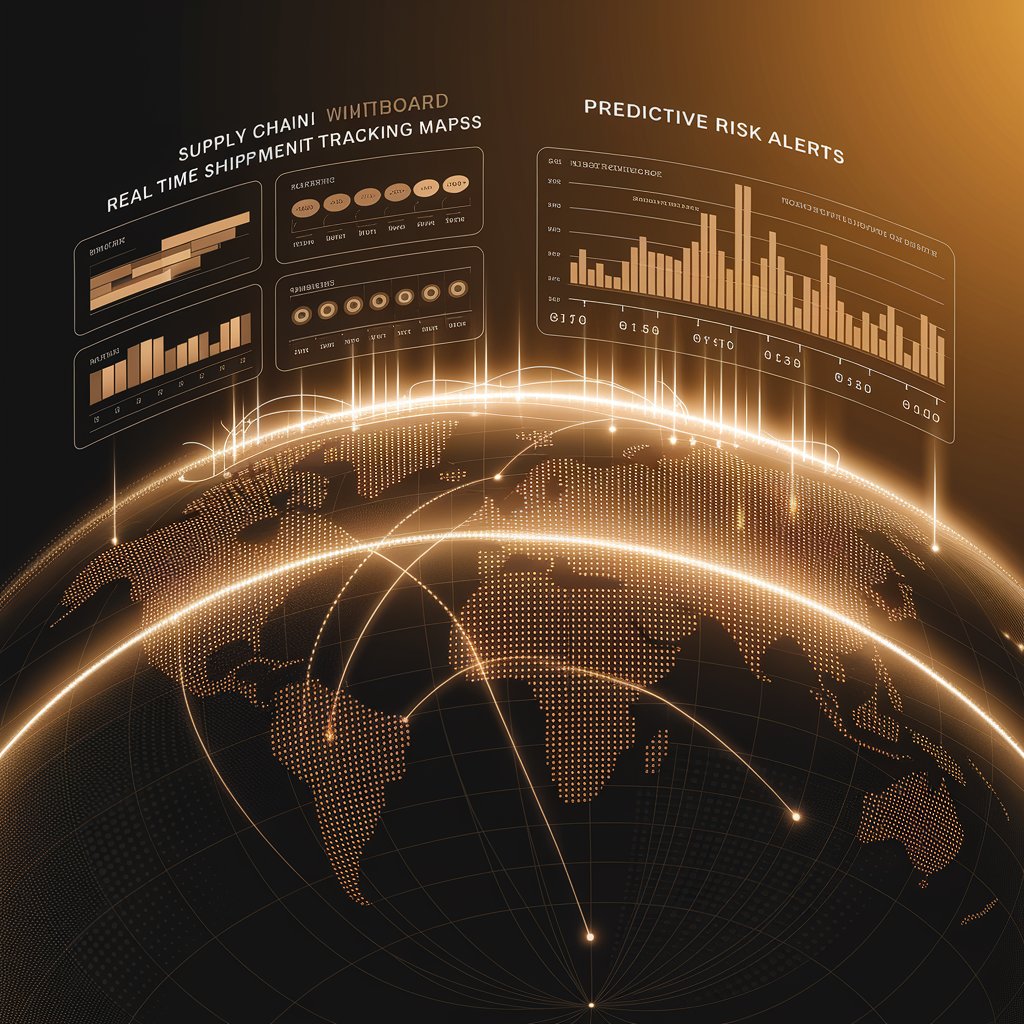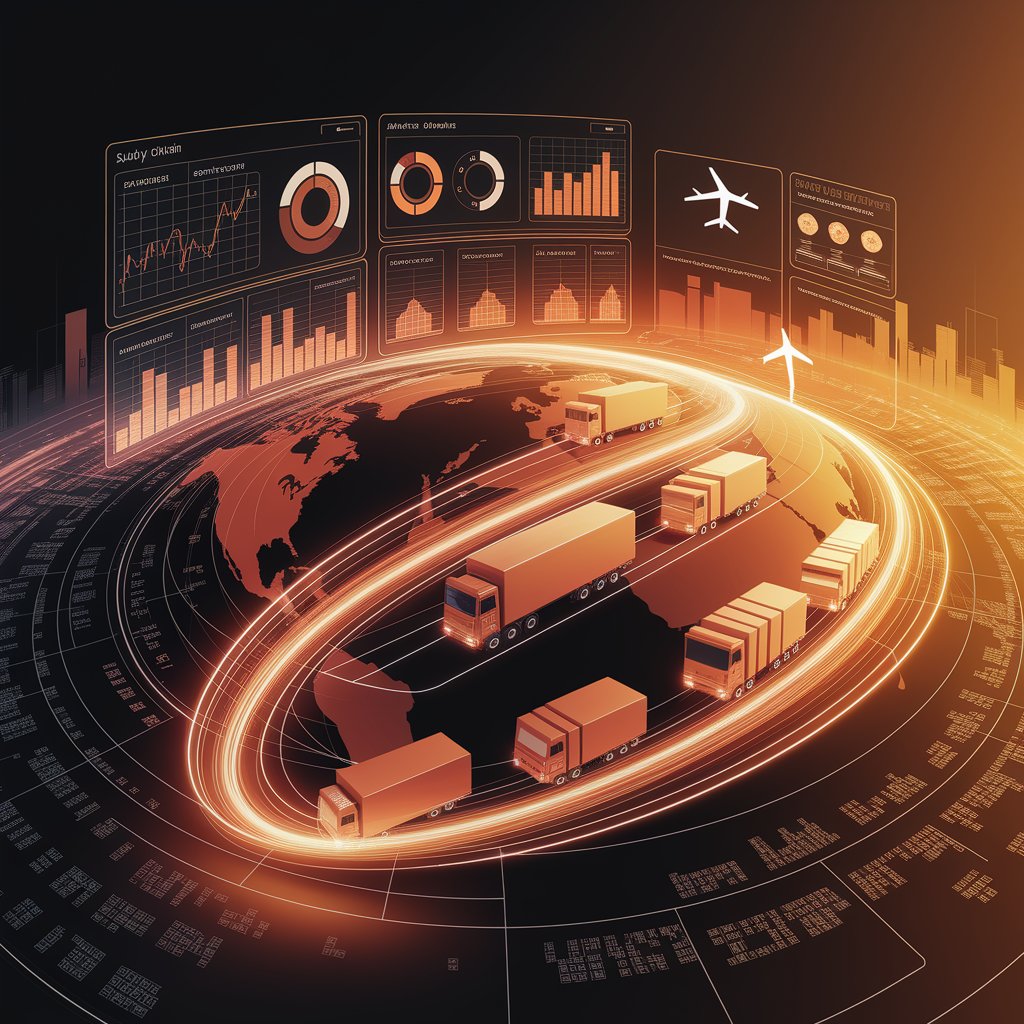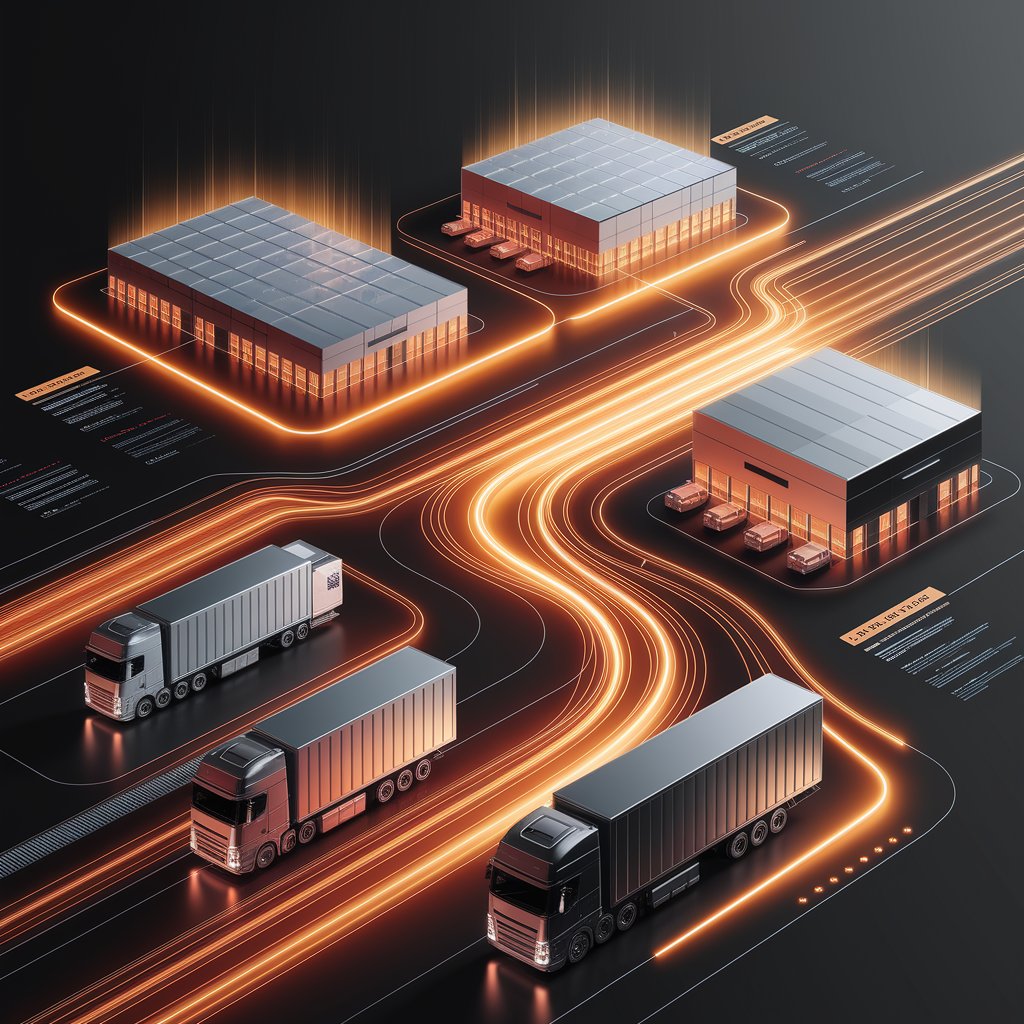Supply Chain AI Visibility: Real-Time Insights for Smarter Global Trade

Introduction
That’s where supply chain AI visibility comes in. By leveraging artificial intelligence, predictive analytics, and real-time data integration, companies can gain end-to-end visibility across shipments, warehouses, and partners—transforming supply chains into proactive, intelligent networks.
What Is Supply Chain AI Visibility?
Supply chain AI visibility is the use of artificial intelligence to provide real-time tracking, predictive insights, and decision support across the entire supply chain. Unlike traditional visibility tools that only show the current status of shipments, AI visibility systems predict risks, highlight inefficiencies, and recommend corrective actions.
Key areas include:
- Shipment tracking across all modes (sea, air, road, rail)
- Inventory visibility across warehouses and distribution centers
- Predictive alerts for disruptions like port congestion or weather
- Supplier and partner performance monitoring
- Sustainability and compliance transparency

Key Features of Supply Chain AI Visibility
- End-to-End Tracking – Real-time monitoring of shipments, inventory, and assets.
- Predictive Risk Alerts – AI forecasts delays, shortages, and disruptions.
- Integrated Dashboards – Unified visibility across ERP, TMS, and WMS platforms.
- Multi-Modal Visibility – Covers trucking, shipping, rail, and air freight.
- Anomaly Detection – Flags unusual cargo movements or inventory discrepancies.
- Sustainability Insights – Tracks CO₂ emissions and compliance automatically.
Benefits of Supply Chain AI Visibility 📈
- Efficiency Gains – Eliminate blind spots and streamline operations.
- Risk Reduction – Proactively manage delays and disruptions.
- Cost Savings – Reduce detention, demurrage, and emergency shipments.
- Customer Satisfaction – Provide accurate ETAs and proactive updates.
- Resilience – Build supply chains that adapt to global volatility.
- Sustainability – Optimize routes and monitor emissions.

Real-World Applications
- Freight Forwarders – Offer clients real-time predictive visibility as a service.
- E-commerce Logistics – Ensure reliable delivery during peak shopping seasons.
- Cold Chain Providers – Monitor temperature-sensitive cargo with AI-driven alerts.
- Global Shippers – Track shipments across multiple regions and carriers.
- Manufacturers – Gain transparency into inbound raw materials and supplier performance.
Challenges in Supply Chain AI Visibility
- Data Fragmentation – Multiple partners may use incompatible systems.
- Integration Complexity – Connecting AI visibility tools with legacy ERP or TMS can be tough.
- High Costs – Implementing AI-driven visibility platforms requires investment.
Cybersecurity Risks – Protecting sensitive trade and customer data is critical.
- Over-Reliance on AI – Human oversight is needed to validate AI-driven alerts.

Best Practices for Success
- Start with Critical Trade Lanes – Apply AI visibility to the highest-risk flows first.
- Standardize Data Inputs – Clean, unified data improves AI accuracy.
- Integrate Across Platforms – Ensure ERP, WMS, and TMS are connected.
- Train Teams & Partners – Build confidence in AI-powered dashboards.
- Use Predictive Insights – Move from descriptive tracking to proactive risk management.
- Measure ROI Continuously – Track reductions in costs, delays, and service failures.
The Future of Supply Chain AI Visibility 🚀
- Digital Twin Supply Chains – Real-time simulations for predictive planning.
- Blockchain + AI – Secure and transparent trade visibility across partners.
- Autonomous Monitoring – AI systems managing visibility with minimal human input.
- Edge AI Processing – Localized intelligence in warehouses, fleets, and ports.
- Sustainability-First Visibility – AI balancing efficiency with green logistics goals.
Conclusion
Supply chain AI visibility is transforming logistics from reactive operations into proactive, intelligent ecosystems. With predictive insights, anomaly detection, and end-to-end transparency, companies can cut costs, reduce risks, and deliver consistently.
For freight forwarders, carriers, and global shippers, investing in supply chain AI visibility isn’t just a technological upgrade—it’s a strategic move to build future-ready supply chains.
